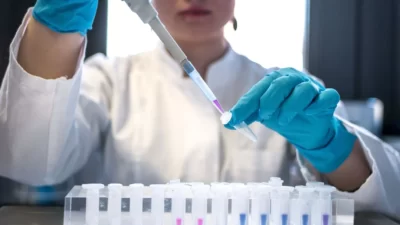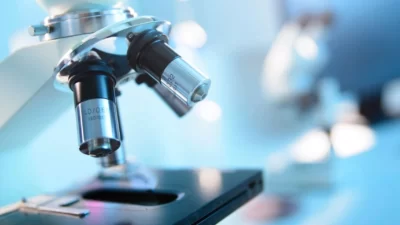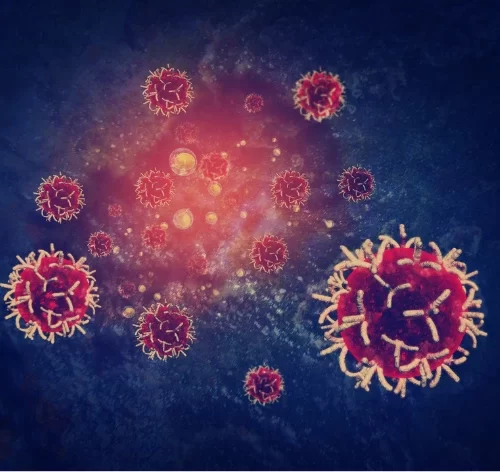Antineo : Bladder carcinoma syngeneic tumour model – MB49
▪ MB49 cells
Mouse MB49 cells are derived from C57BL/6 bladder epithelial cells transformed by a carcinogenic agent (DMBA).
▪ Tumour growth in vivo
The cells were collected from a tissue culture flask and injected subcutaneously in the right flank of C57BL/6 mice. The resulting tumours were monitored by measuring two diameters with calipers, and extrapolating the volume to a sphere.
The mice bearing MB49 tumours can be treated by intra-peritoneal, intra-venous, intra-tumoral or subcutaneous injection of the compounds. Per so sadministration is also possible.
Figure 1: (View PDF)
Tumour growth curve of the MB49 cells as subcutaneous tumours
Mean ± SEM (n=4; take rate 100%)
▪ Drug Reponses
Anti-PD1 12.5 mg/kg → Response
Anti-PDL1 12.5 mg/kg → Response
Immunophenotyping data of the lymphoid and myeloid lineage are available upon request.
Antineo has developed models of secondary resistance to anti-PD1 or anti-PDL1 (ID MB49 anti-PD1R and MB49 anti-PDL1R). These models have been developed in vivo without genetic modifications.

 Antineo
Antineo Preclinical services
Preclinical services Tumour models
Tumour models Our Strengths
Our Strengths News & Events
News & Events